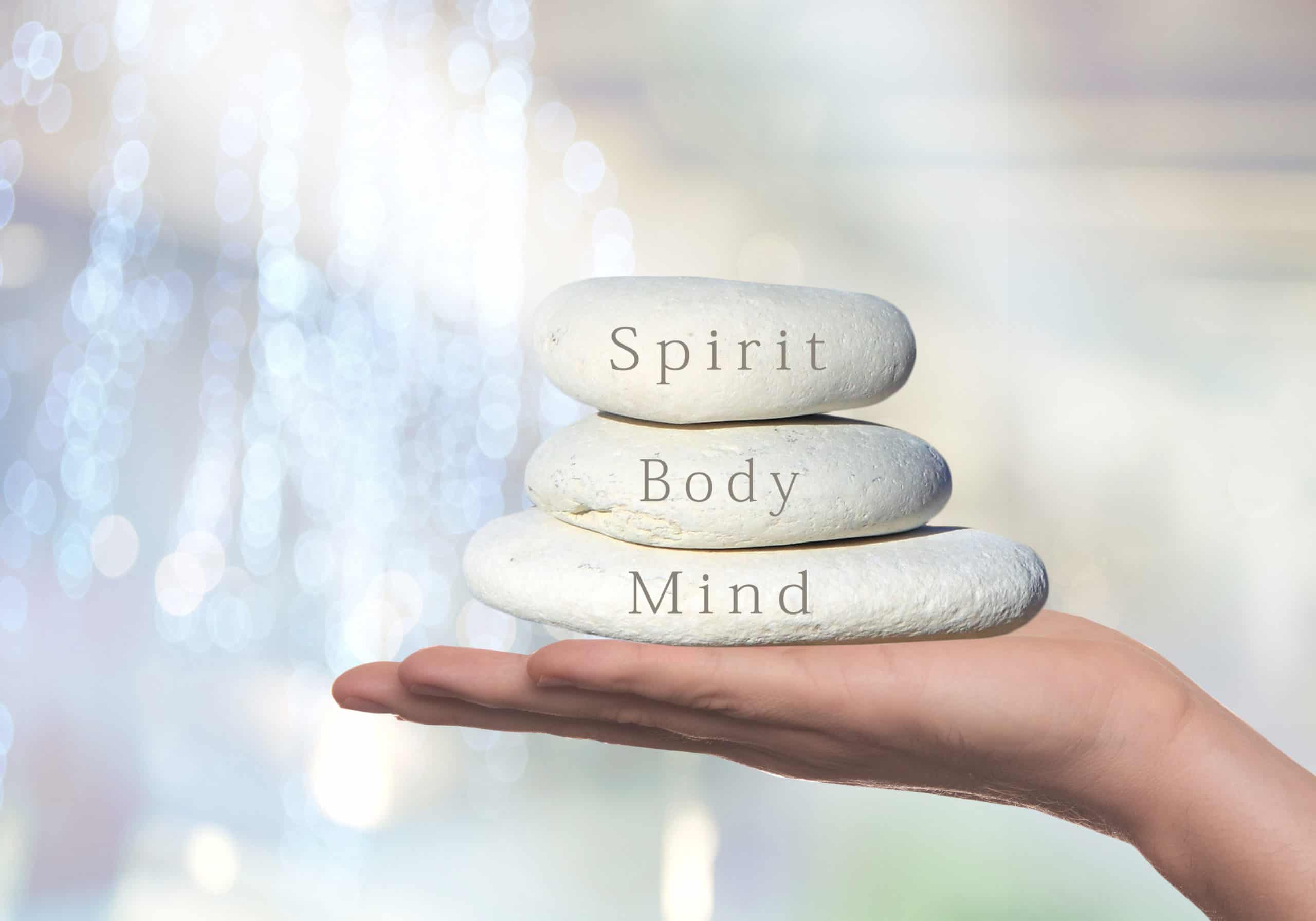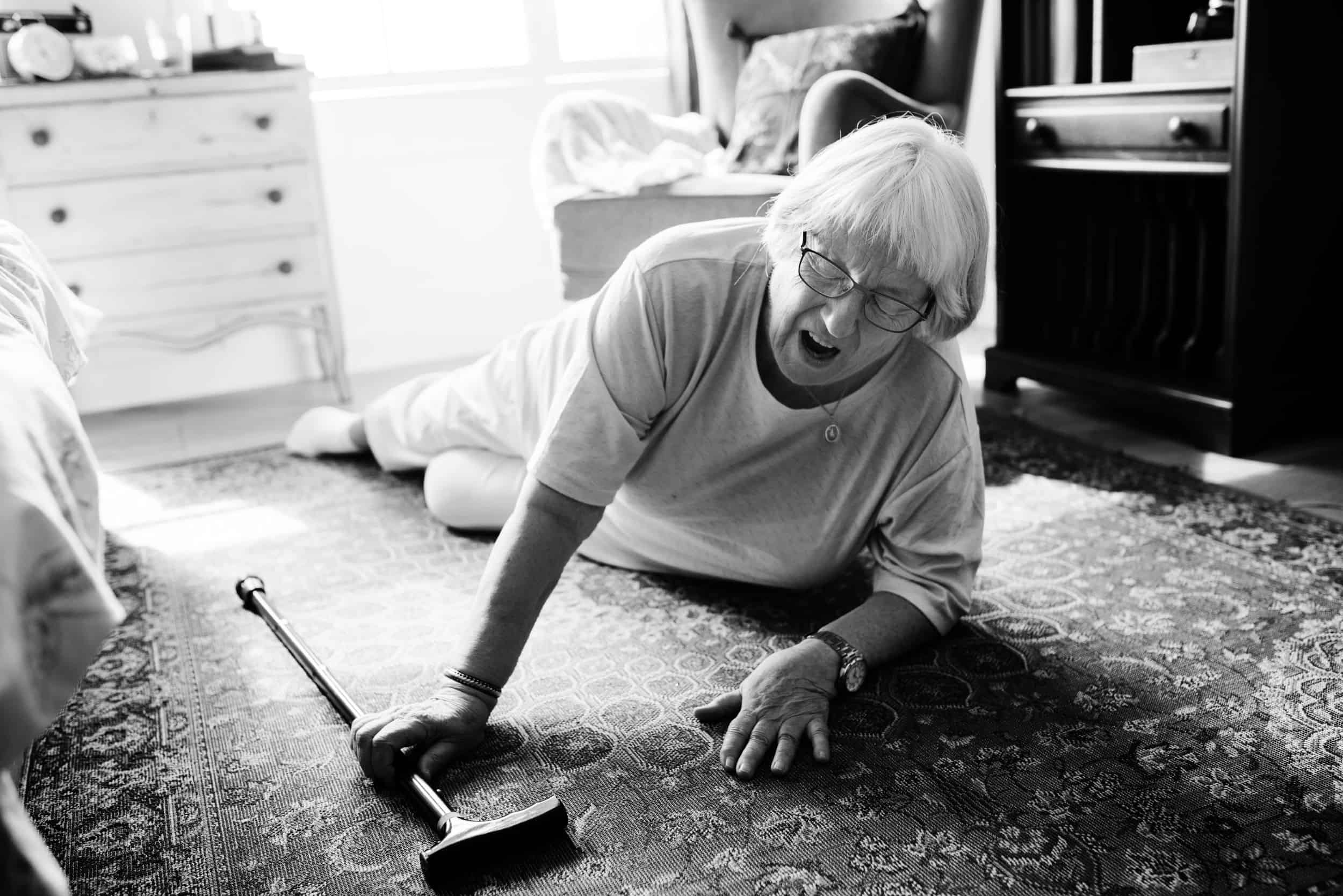Did you know the state of your mind has a lot to do with your body’s performance? It’s called the mind-body connection, and it’s at work in you every day, whether you know it or not.
It isn’t magic. There is no scientific evidence to support the idea that if you close your eyes and imagine you don’t have a mobility impairment, it will disappear.
The reality is more subtle but no less powerful.
Here’s how Johns Hopkins Medicine defines it:
“Mind-body connection is the belief that the causes, development and outcomes of a physical illness are determined from the interaction of psychological, social factors and biological factors.”
The idea is that while mobility impairments have a biological cause (neurological disorder, injury, physical deconditioning due to aging), that isn’t the whole story. Psychological and social factors can make mobility more difficult – or help to improve it.
You’ve probably heard about this connection the other way around. Call it the “body-mind” connection: if you exercise, you’ll enjoy mental health benefits.
What you may not have considered is that this phenomenon goes both ways. A clear, emotionally healthy mind will also be more successful in the tasks that improve mobility:
- Building strength
- Improving flexibility
- Stabilizing balance
This mind-body connection has been well documented in people with a variety of mobility challenges.
Multiple Sclerosis
As researchers at Florida International University have found, addressing mental health concerns is integral to helping people with MS enjoy the best possible quality of life.
An intervention with a focus on the mind, such as a therapist-led fatigue management workshop, can “promote improved mental well-being” and even “alter thinking about fatigue.” The result is an improved ability to work, go to school, and enjoy an overall better quality of life.
Parkinson’s Disease
Another study out of the Post Graduate Institute of Medical Education and Research in Chandigarh, India found that understanding the mind-body connection for people with Parkinson’s disease is critical for treatment.
The only way to fully treat the mobility challenges that come with Parkinson’s – tremors, muscle stiffness, etc. – is to treat the depression and anxiety that are common for PD sufferers. That’s why researchers call for “an inter-disciplinary approach that should include mental health professionals.”
Aging
What about people whose mobility challenges are due to the condition that affects us all – aging? Research shows that cognitive training can improve gait control and reduce fall risk.
In a study by researchers from across the globe, older adults with no major neurologic impairments underwent cognitive skills training (attention, focus, etc.). As a result of their work on the mind, they developed improved body control during complex walking conditions (walking while distracted), reducing fall risk.
There is no denying it. Our bodies perform at their best when our minds are thinking clearly and our emotions are in balance.
5 Ways to Master the Mind-Body Connection
So, what can you do to build a positive mind-body connection? How can you improve your mental health and thereby improve your mobility?
1. Mindfulness Meditation
Mindfulness is about paying attention to your thoughts. What negative thoughts might you have about yourself or your future that are holding you down?
 One of the most important steps you can take to improve your mental health is to stop what you’re doing and pay attention to your own mind.
One of the most important steps you can take to improve your mental health is to stop what you’re doing and pay attention to your own mind.
The meditation part is about making time to stop what you’re doing and put all your focus into being mindful. (You might prefer prayer. Either practice is about seeking peace to combat our often chaotic minds.)
2. Positive Thinking
The antidote to negative thoughts is to practice positive thinking or positive affirmations. These are statements you think or even say to yourself like:
- “I am able to …” (rather than “I can’t”)
- “I will …” (rather than “I’ll never”)
- “I’m thankful for …” (rather than “I hate”)
These statements are at their most powerful when they come from you. The more you say them, the more you will come to believe them.
3. Write Your Thoughts Down
One way to make mindfulness and positive thinking a part of your daily life is to keep a journal. All it takes is a few minutes a day to jot down your frustrations and counter them with something positive.
This may be very helpful for you if you struggle with keeping track of your thoughts. Writing them down makes them concrete, and you can reference them later.
4. Talk to a Friend
Part of mental and emotional health is maintaining the social bonds that are most important to us. It’s very difficult – for most people, impossible – to maintain good mental health without close friends to lean on.
The effects on your overall health can be profound. Research shows that prioritizing social goals are associated with “higher late-life satisfaction and less severe declines toward the end of life.” Don’t wait until you’re down to reach out. Make it a priority to maintain important relationships.
5. Engage Your Body
There are many ways to begin using physical movement to further improve your mental health. You can start small with the simplest activities, perhaps as part of your meditation time:
- Progressive muscle relaxation – Breathe in, tense a group of muscles, then breathe out as you relax them again. Working through each muscle group relaxes the body and calms the mind.
- Practice good posture – Sitting or standing with your back straight and your head up (to the best of your ability) is not only good for your core, but it can also actually aid positive thinking.
- Gentle movements – Try engaging in simple breathing exercises, poses and movements that are ideal for people with mobility difficulties, such as forms of Hatha Yoga.
Because the mind-body connection goes both ways, one reinforces the other and back again.
By practicing positive thinking (“I can …”), you are more likely to try engaging your body in new ways, like progressive relaxation or yoga.
One Step at a Time
Accomplishing movement goals that gently challenge you within your threshold of ability feels good, which further aids positive thinking and emotional health.
In time, you may find yourself believing you can do more today than you did yesterday. You may find you’re ready to engage in more challenging physical activity, which has greater mental and physical benefits:
- Moderate exercise, such as walking longer distances.
- Muscle strengthening, such as moderate weight lifting.
- Balance and flexibility exercises, such as more challenging yoga poses.
Getting from here to there isn’t a physical journey. It isn’t a mental one, either. It’s both.
Remove the Barrier
Fall risk due to instability is often a significant barrier to improving your mobility. You can’t harness the power of the mind if you have a legitimate fear of falling. You can’t strengthen the body if you are avoiding perilous movements.
Because it’s fall-safe and promotes fuller, upright, hands-free mobility, the LifeGlider is a solution for many who face this barrier. But any device alone isn’t enough to truly overcome it.
The real key to more fully engaging in life, growing stronger and more independent, is in mastering the mind-body connection. We don’t grow unless we feel capable of growing. You can’t make progress unless you believe you can.
If you think your mind is ready to engage your body for growth, overall health and quality of life, the LifeGlider enables the activities that will help you reach your goals. We look forward to helping you get there!



